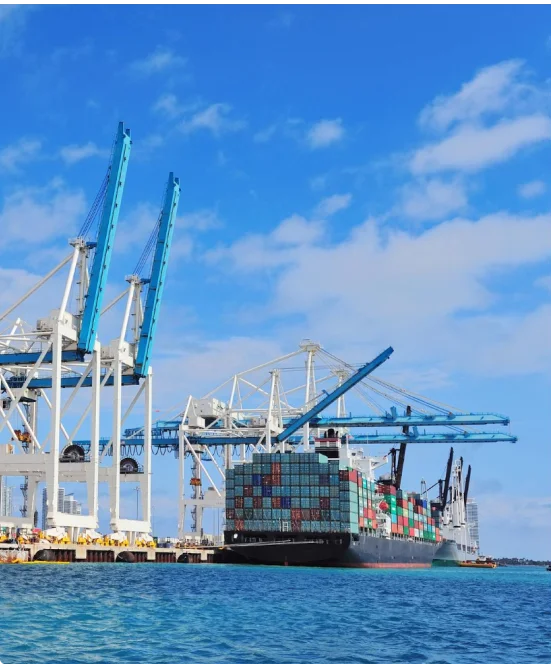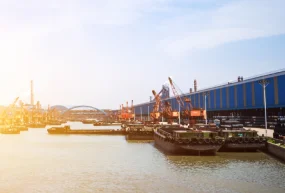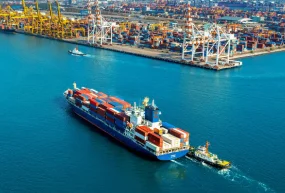
Red Alert for the Red Sea
The once-bustling Red Sea, a vital artery for global trade, has become a hotspot of disruption, with Houthi missile and drone attacks threatening the safety of vessels and jeopardizing the smooth flow of goods around the world. This escalating crisis demands immediate attention, as its ripples are felt far beyond the turbulent waters of the region.
From Suez to Sabotage: Why the Red Sea is No Longer Smooth Sailing
For centuries, the Red Sea has served as a critical trade route, connecting East and West through the strategic chokepoint of the Bab al-Mandab Strait. However, since November 2023, Yemeni rebels known as the Houthis have targeted commercial vessels navigating these waters, primarily in response to the ongoing civil war in their homeland and wider geopolitical tensions.
These attacks, ranging from drone strikes to missile barrages, have not only put the lives of seafarers at risk but also forced shipping companies to make a crucial decision: brave the perilous Red Sea or take the long detour around the Cape of Good Hope at the southern tip of Africa.
Rerouting Around the Cape: A Costly Detour
With the Red Sea deemed increasingly risky, rerouting around the Cape has become the safer, albeit far less efficient, option. This detour adds a staggering 3,500 nautical miles and roughly 10 days to shipping journeys, translating to:
- Soaring costs: Increased fuel consumption and operational expenses for shipping companies, ultimately leading to higher freight rates for everyone, from businesses to consumers.
- Supply chain disruptions: Delayed deliveries for essential goods like food, medicine, and manufactured products, potentially leading to shortages and price hikes.
- Economic uncertainty: The crisis adds to existing challenges faced by the shipping industry, further disrupting global supply chains and potentially contributing to inflation and economic instability.
Beyond the Horizon: A Looming Crisis with Global Implications
The Red Sea crisis is not merely a regional concern; it poses a significant threat to the smooth functioning of the global economy. The disruption of vital trade routes has the potential to::
- Exacerbate existing shortages: Delays in the movement of goods can worsen existing shortages of essential items, particularly in developing countries.
- Fuel inflation: Higher shipping costs translate to higher prices for consumers worldwide, potentially exacerbating inflationary pressures.
- Destabilize global markets: Disruptions in the flow of goods can have a domino effect, impacting various industries and potentially leading to market volatility.
A Call for Action: Navigating Towards a Resolution
While the future of the Red Sea remains uncertain, the international community cannot afford to remain passive. Concerted efforts are needed to de-escalate the conflict in Yemen, improve maritime security in the region, and find lasting solutions to ensure the safe and efficient passage of goods through the Red Sea. This could involve:
- Diplomatic initiatives: Increased dialogue and mediation efforts between the Yemeni government, the Houthis, and regional stakeholders to seek a peaceful resolution to the conflict.
- Enhanced maritime security: International collaboration to strengthen naval patrols and implement robust security measures in the Bab al-Mandab Strait and broader Red Sea region.
- Investment in alternative technologies: Exploring the potential of autonomous ships and other technological advancements to mitigate risks and improve maritime safety in vulnerable areas.
The Red Sea crisis serves as a stark reminder of the interconnectedness of our world and the fragility of the global trade network. By acknowledging the gravity of the situation and taking collective action, we can navigate towards a future where the Red Sea once again becomes a symbol of peaceful maritime trade, not a perilous reminder of conflict and disruption.


